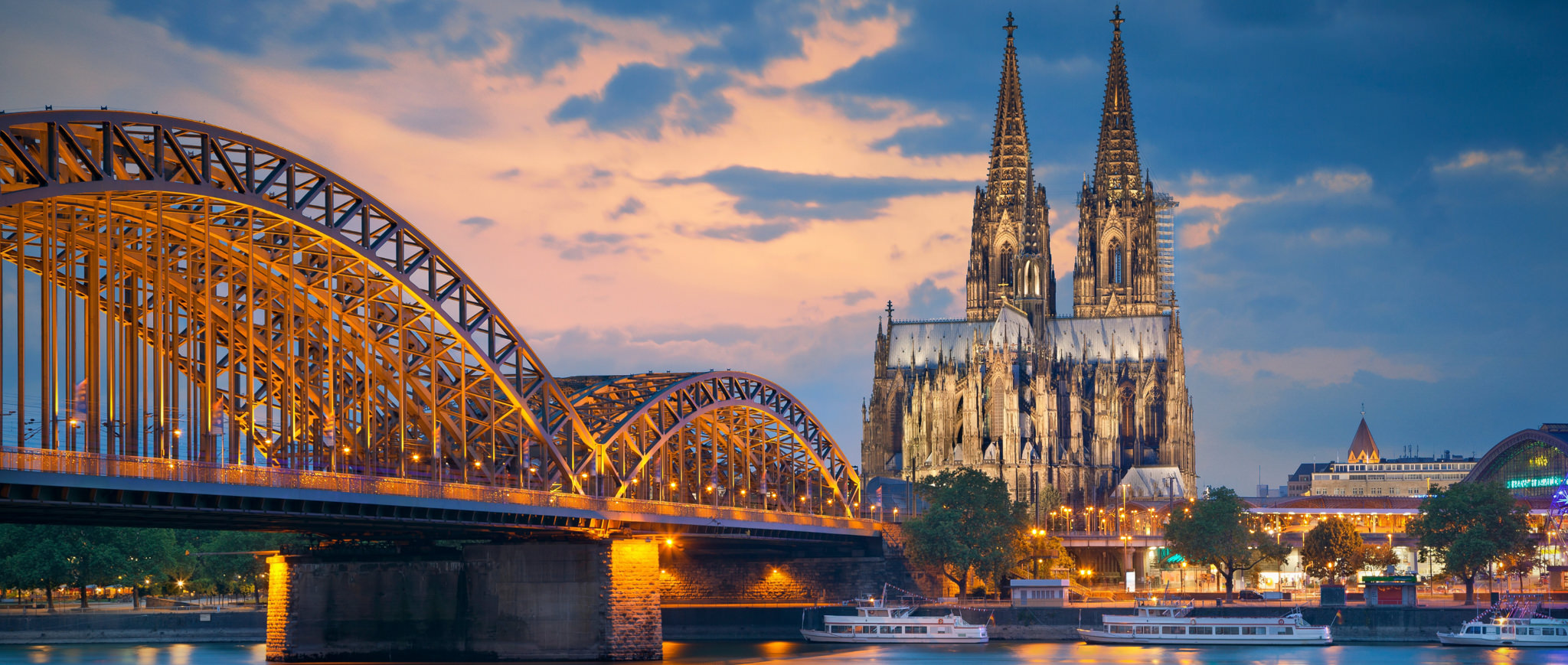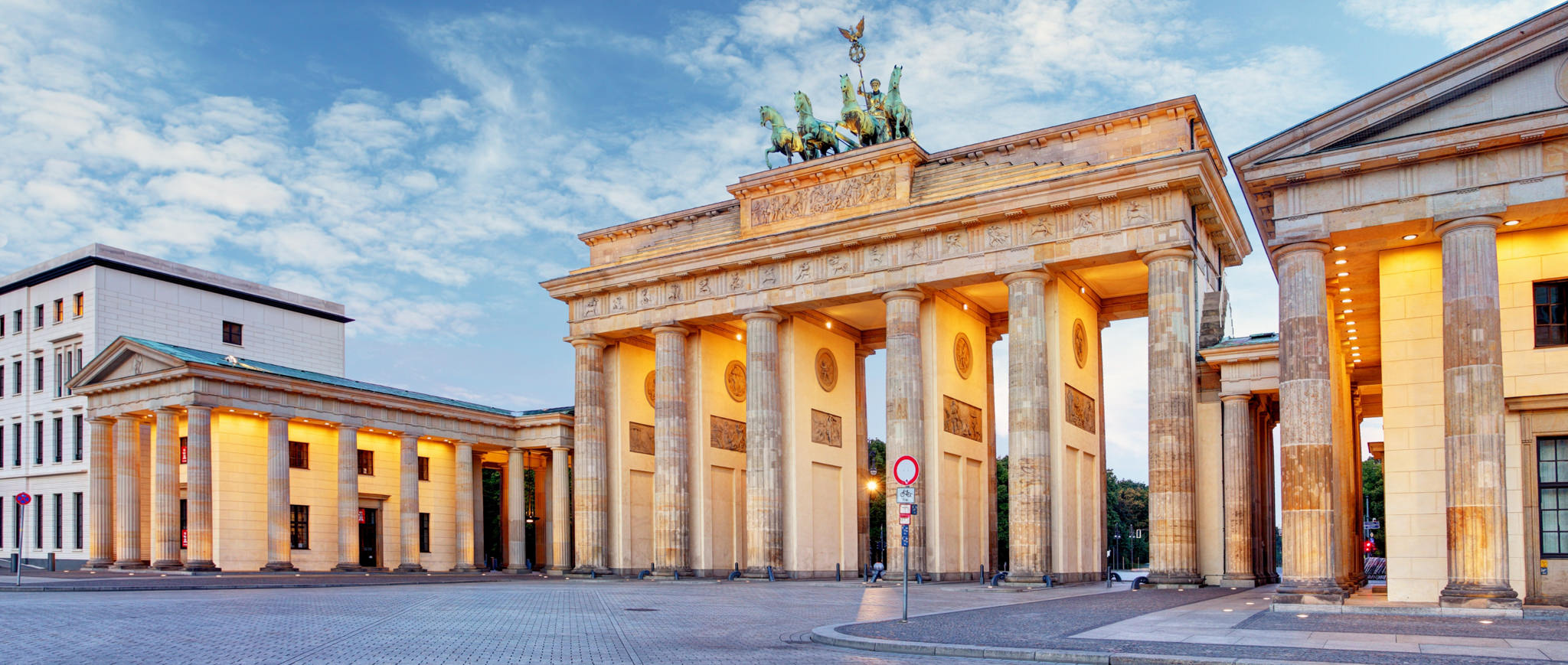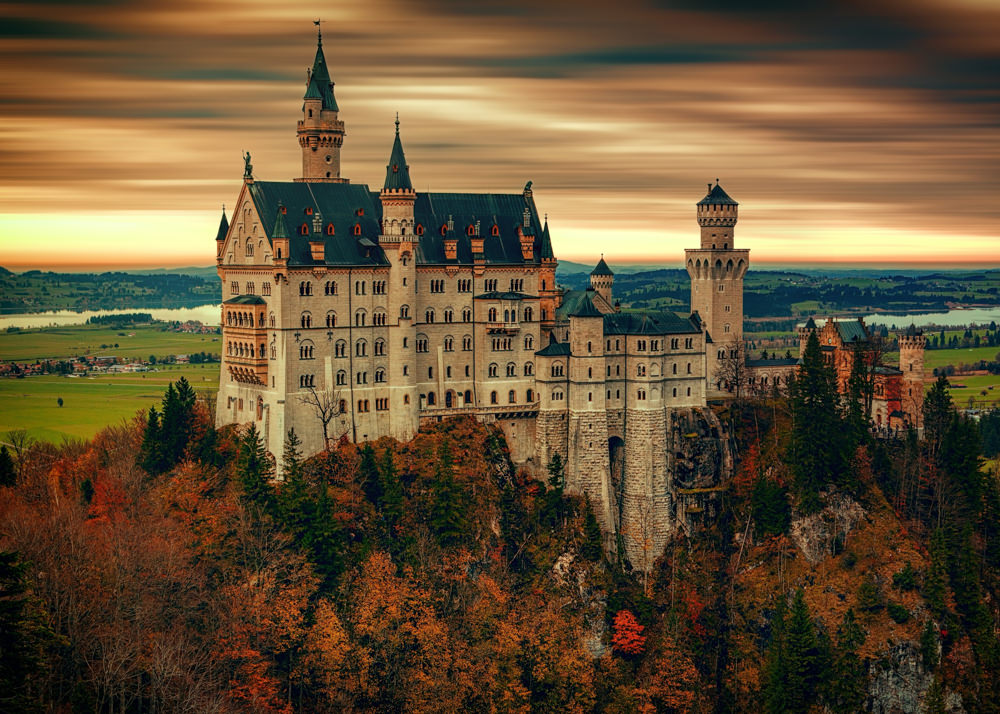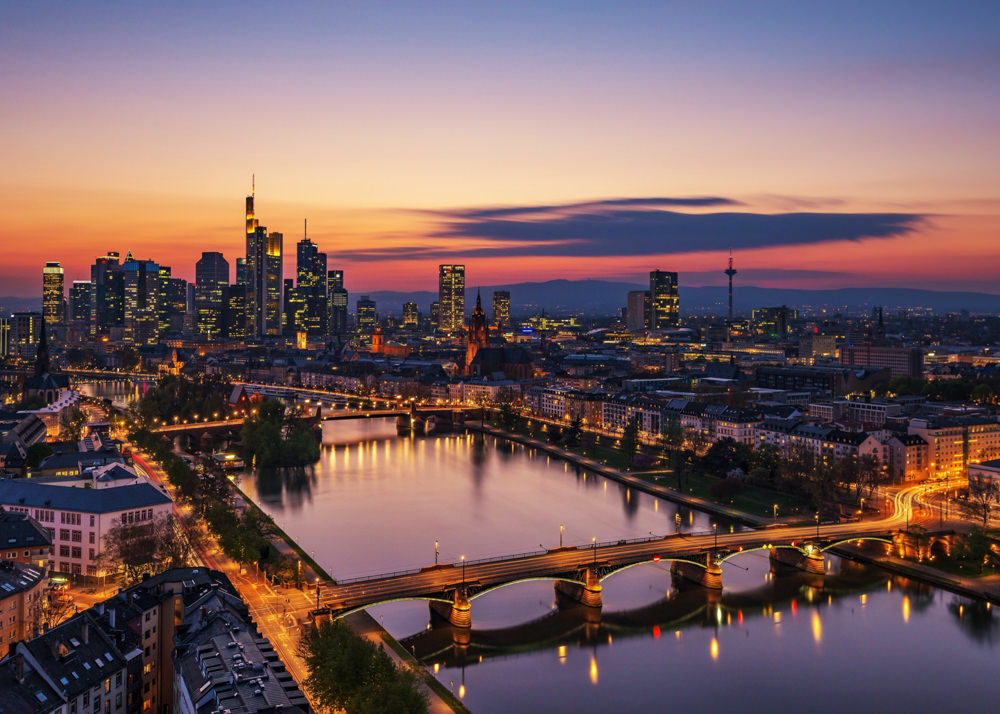 Living and Working in Germany
Living and Working in Germany
Germany is a wonderful country in which to live and work. It’s known as a European powerhouse, but on top of this you’ll generally find the people welcoming and the culture broad and inclusive. A number of our long-standing clients are based in Germany, and we currently have a few exciting projects there, so we thought it would be nice to take a closer look.
Many find working in Germany to be a rewarding experience. There is plenty of opportunity, salaries are relatively high, and merit tends to be attributed based on performance rather than office politics. The Germans work hard, but they value their free time too: a healthy work-life balance is held in high regard and respected as a concept by all – Berlin, Hamburg and Munich are often ranked in the top 10 “most liveable” cities in Europe.
While it’s generally true that the people like to set rules and follow them, you’ll find that the society this creates is peaceful, harmonious and considerate. Another effect is that the various bureaucratic processes life anywhere necessarily entails are conducted efficiently and in a functional manner, which can be something of a breath of fresh air to those of us who have lived elsewhere in Europe. Public transport is excellent (and punctual), and the school and university systems are considered to be very good indeed.
Germany has amazing landscapes, forests and mountains, and the German people tend to have great respect for the outdoors. Add to this that there are a lot of green spaces in the cities, and crime rates are low, for those considering taking up a position in Germany there are a lot of positives.

Considered by many to be the European city for contemporary art, Berlin has a vibrant art scene with numerous studios, museums and galleries. A few include:
The Hamburger Bahnhof is a former train station, now an art museum with one of the best collections of contemporary art anywhere in the world, housed in grand architectural spaces.
invalidenstraße 50-51, 10557 Berlin, Germany https://www.smb.museum
The Grimmsuseum is managed entirely on a not-for-profit basis by artists. Since its opening in 2010 it’s become a hub for emerging talents, and seeks to reflect the diversity of Berlin itself.
Fichtestraße 2, 10967 Berlin, Germany http://www.grimmuseum.com
For big-name artists from the cubist and surrealist movements, the Brucke group and, of course, Bauhaus, head to the Neue Nationalgalerie. You’ll find work by, amongst many others, Munch, Picasso, Ernst, Dali, and Warhol.
Potsdamer Str. 50, 10785 Berlin, Germany https://www.smb.museum


Hamburg is a port city, and is known for its architecture. The Rathaus (Town Hall) is an ornate, neo-classical building with a history stretching back through the city’s importance in international trade. At the other end of the modernity spectrum, the Elbphilharmonie comprises a vast glass-fronted structure sitting atop what was formerly Hamburg’s biggest warehouse. It houses no less than three concert venues as well as a hotel, restaurants and residential apartments. Speicherstadt is a UNESCO World-Heritage complex, and is the largest warehouse district in the world. With two main canals, it stands as a testament to Hamburg’s maritime history, and it’s neo-gothic architecture is particularly elegant when viewed after dark. It is, of course, impossible to talk about Hamburg without giving an honourable mention to The Beatles. St.Pauli’s music scene in the early ‘60s was where they cut their teeth before going on to be, well, The Beatles.
Munich (München to the locals) in the southern region of Bavaria, is probably most famous for its beer halls and gardens, festivals and food. Most notably, the Hofbräuhaus is probably the most famous tavern in the world, and the Oktoberfest has achieved legendary status amongst beer drinkers worldwide.
Cologne (or Köln in German) in the west of the country is the birthplace of what we now know as Gothic architecture, probably most famously portrayed by its vast cathedral. The city is also noted for its museums: the Roman-Germanic Museum has the country’s best collection of Roman artifacts, Museum Ludwig journeys through the art of the 20thcentury, but the most popular museum of all is unsurprisingly the Imhoff Chocolate Museum. Of course the city is also synonymous with Eau De Cologne, invented in Cologne’s Old Town initially as a medicine, but then sold as the very first alcohol-based perfume.
Frankfurt is a global financial centre, home to the main stock exchange in Germany as well as the European Union’s central bank. The city has long been a commercial hub and is a popular international destination thanks to the many trade fairs held there. The Johann Wolfgang Goethe University of Frankfurt is amongst the country’s largest and best respected higher education institutes, and of course we need to mention their most famous traditional export: high-quality sausages known around the world as frankfurters. Pass the mustard…

Pembury Partners places staff at homes in Germany, all over Europe and the rest of the world.







